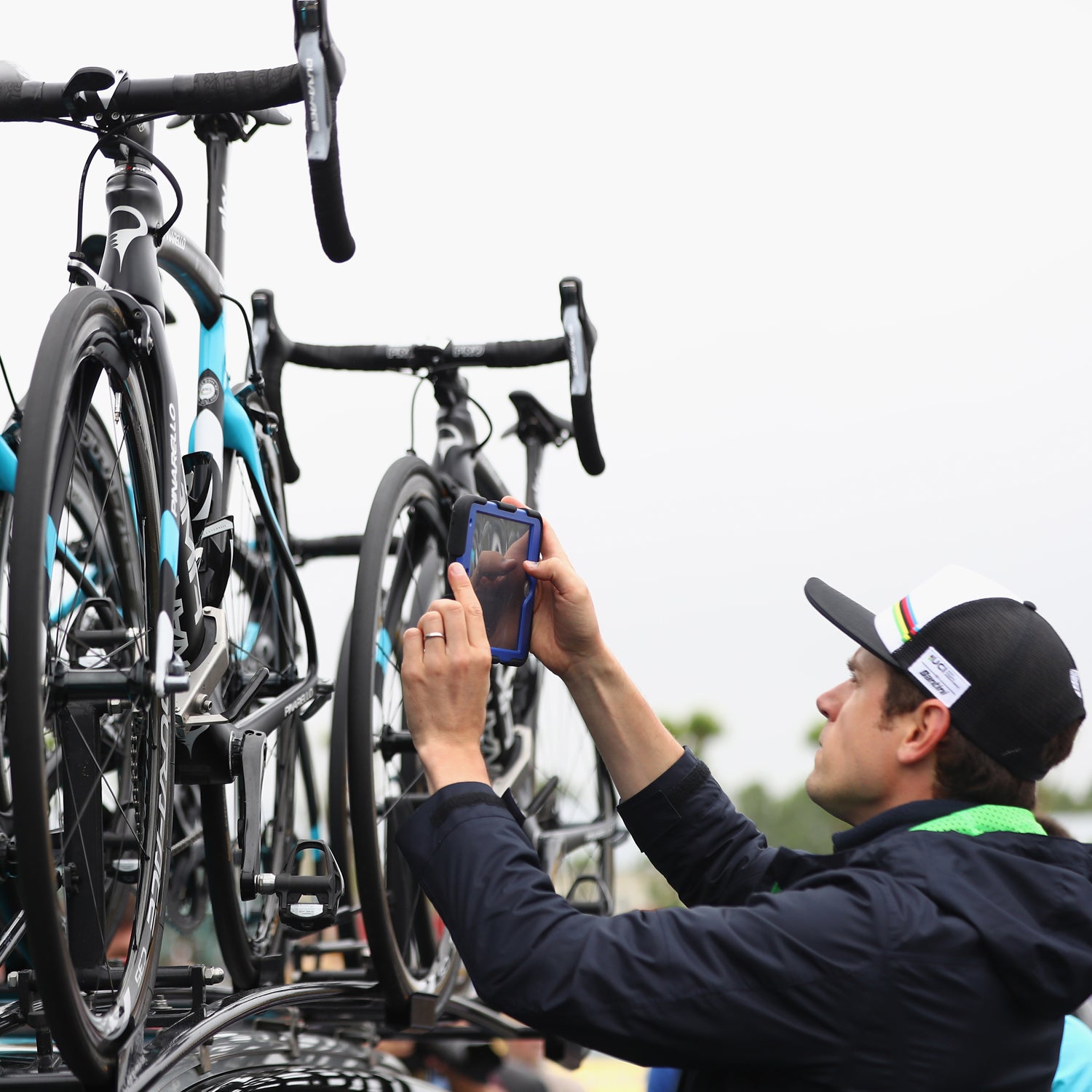What a difference a year makes. In 2015, the Union Cycliste Internationale (competitive cyclingÔÇÖs governing body) caught flak when its officials inspected 25 bikes for hidden motors during the Tour de France.
Super-secret electric bikes? The very notion was laughable. Well, nobody is╠řchuckling at the UCI now, not after its inspectors caught Belgian racer Femke Van den Driessche with a motor tucked inside the seat╠řtube of her bike during the World Cyclocross Championships last January. Suddenly, several yearsÔÇÖ worth of rumors didnÔÇÖt seem quite so silly.
The UCI has stepped up its game. The organization was on track to make╠řas many as 4,000 unannounced bike checks at this yearÔÇÖs edition of the Tour de France, using a combination of thermal imaging cameras, its own magnetic field scanner, and a mobile X-ray machine on loan from the French government.
So what exactly is the UCI╠řlooking for? What kind of motors are we actually talking about? HereÔÇÖs the breakdown.
One Well-Known Retrofit Kit
The Vivax Assist is the best-known concealed motor and the model found in Van de DriesscheÔÇÖs bike during the infamous bust. While the 3.9-pound motor and battery assembly is rated at 200 watts, it actually supplies 110 watts of power to the cranks for as long as 90 minutes. If that doesnÔÇÖt sound terribly impressive, rest assured╠řitÔÇÖs more than enough of a boost to drop competitors.
The tube-shaped motor features a beveled gear that meshes with another beveled gear mounted on a standard╠řShimano bottom-bracket spindle. A battery stowed inside a water bottle powers the motor.
The Vivax Assist has been available as an upgrade kit since 2008. In the United States, you can expect to pay about $4,000 for the kit alone. Is Vivax the only outfit supplying such motors? ItÔÇÖs╠řthe only company doing so openly. How many individuals are building and supplying cyclists with motors in a more discreet fashion? No one knows.
A Few Ready-to-Roll Bikes
Only a few companies sell╠řcomplete bikes outfitted with concealed motors. Vivax, not surprisingly, sells its own house-brand Forza CF carbon road frame╠řoutfitted with its motor and crank assembly for 4,999 euros (about $5,540). Goat Bikes is a small operation from the United Kingdom that also sells Vivax-equipped bikes,╠řincluding an aluminum road bike called the Race that retails for 4,499 euros╠ř($4,985).
The newest entry to the market is Monaco-based Typhoon Bicycles. The budding brand recently launched carbon-fiber models containing TyphoonÔÇÖs patented e-Assist battery and motor system. Typhoon claims its motor offers three distinct power modes (50 to╠ř70 watts, 130 to╠ř160 watts, and up to 250 watts)╠řat the push of a button. The price for its entry-level╠řcarbon-fiber road bike? A cool 8,000 euros╠ř($8,865).
Magnetic Wheels:╠řThe New Frontier
A few journalists contend thereÔÇÖs yet another variant of mechanized cheating on the rise that requires no motor at allÔÇöelectromagnetic wheels. Claudio Ghisalberti, writing for the Italian newspaper╠řGazzetta dello Sport, claims to have met with a confidential source who creates electromagnetic rear wheels that provide an extra 60╠řwatts of power and sell for a staggering 200,000 euros ($221,570).
Similarly, reporters Thierry Vildary and Marco Bonarrigo met with Istvan Varjas, an engineer and former racer who has been building concealed bike motors for more than a decade. Varjas claims to have also developed an electromagnetic wheel.╠řAccording to the engineer, neodymium magnets concealed within the sidewall of a deep-section carbon rim generate an induction force when they rotate past battery-charged electromagnets housed within the bikeÔÇÖs chainstays and/or seatstays. Varjas claims the system can be activated via a Bluetooth device. ╠řThe Varjas interview aired in April on the French television program╠řStade 2.


